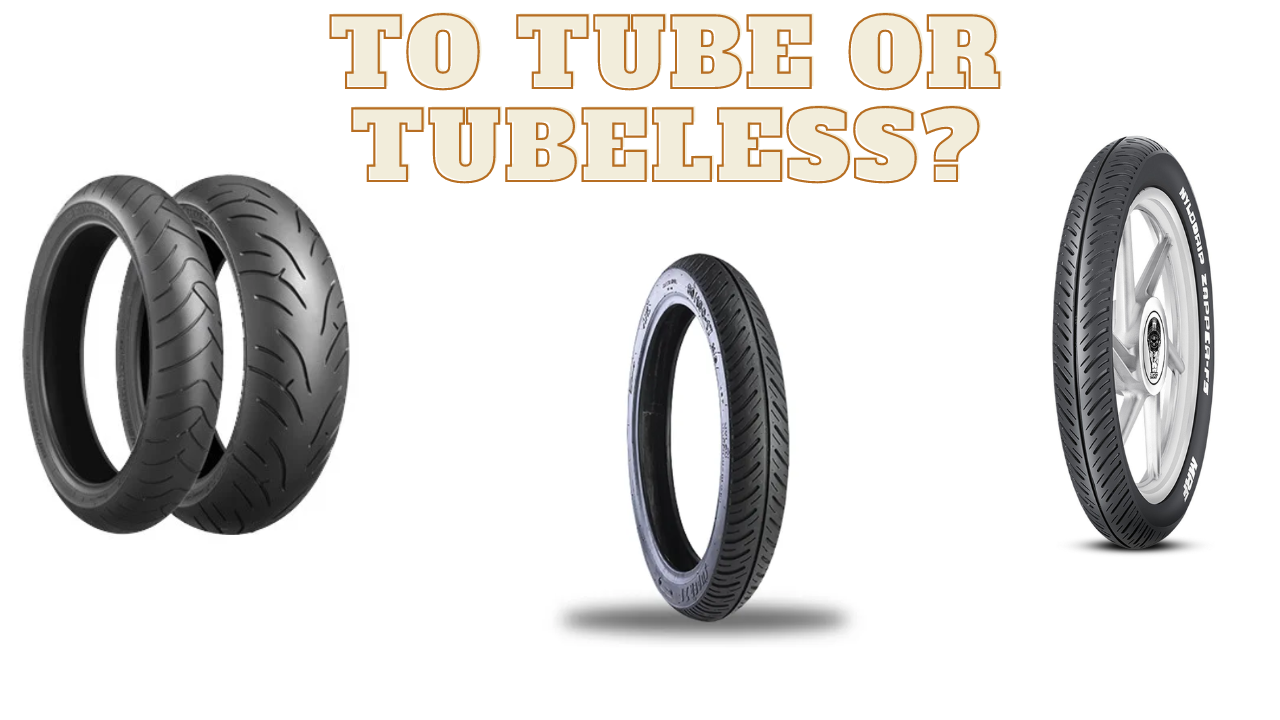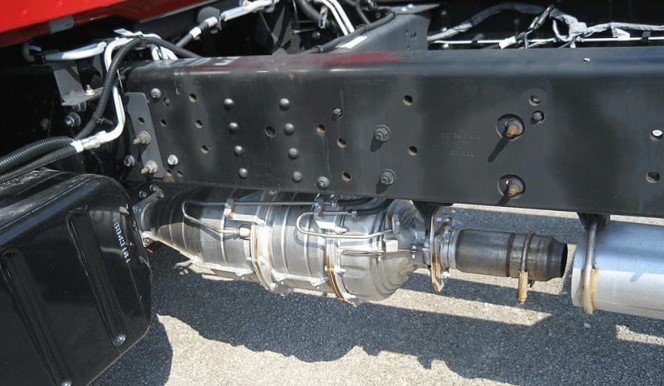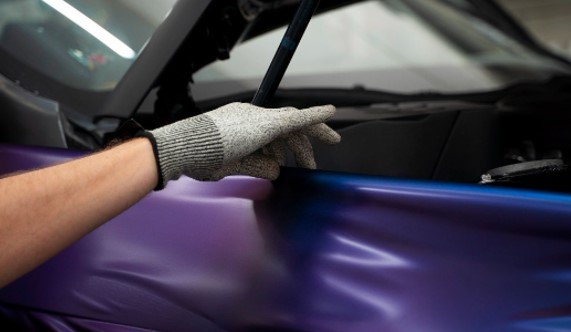What goes into converting tube-tybe tires to tubeless options in motorcycles? Method explained

How to convert my tube-type tires to a tubeless tyre option?
Converting tube-type motorcycle tires to tubeless tires can be a challenging task and should only be done by a professional mechanic. Here are the general steps involved:
- Check if your motorcycle rims are compatible with tubeless tires. Some rims may not have a bead-locking feature, which is necessary for tubeless tires. If your rims are not compatible, you may need to replace them.
- Purchase tubeless tires that are compatible with your motorcycle’s rim size and load capacity. You can get this information from your motorcycle’s manual or by checking the existing tire’s sidewall markings.
- Purchase a tubeless valve stem that is compatible with your motorcycle’s rim size and valve hole size.
- Remove the existing tire and tube from the rim.
- Clean the rim thoroughly and inspect it for any damage or corrosion. Any damage should be repaired or the rim replaced.
- Install the tubeless valve stem into the rim and tighten the locknut securely.
- Mount the new tubeless tire onto the rim using a tire mounting machine or by hand if you have the necessary tools and experience.
- Inflate the tire to the manufacturer’s recommended pressure and check for any air leaks.
- Test ride the motorcycle at low speeds to check for any handling or performance issues.
Note that converting tube-type tires to tubeless tires can affect the motorcycle’s handling and performance. It is crucial to ensure that the new tubeless tires are compatible with your motorcycle’s weight, speed, and riding conditions. It is always recommended to consult a professional mechanic before attempting to convert your motorcycle’s tires from tube-type to tubeless.
What are the benefits of tubeless tires?
Tubeless tires are relatively lighter compared to tube-type tires, since the rubber on the wheel is the only tire carcass itself, without any need for a secondary tube. This also makes the motorcycle feel lighter, and more agile when going through corners. Furthermore, tubeless tires are also designed to be more rigid, which means they can hold up to most puncture threats.







